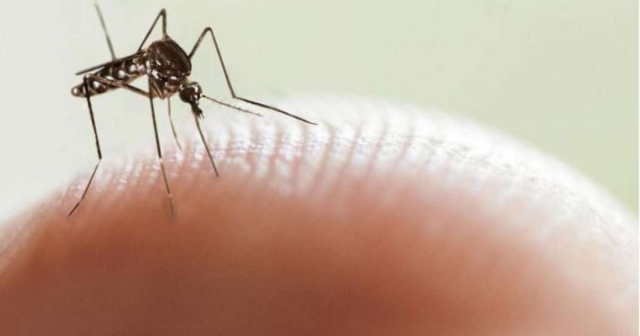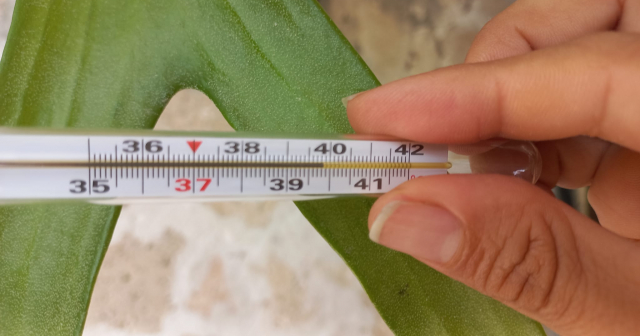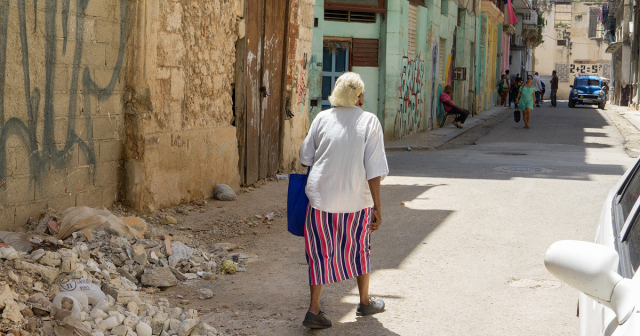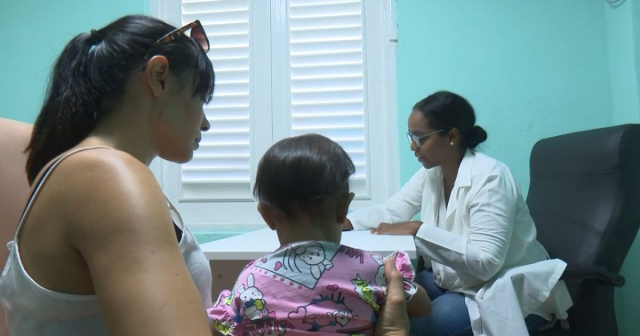
The European Centre for Disease Prevention and Control (ECDC) confirmed the importation of six cases of the Oropouche virus to Europe in recent weeks through people who traveled to Cuba.
In a recent report on the behavior of diseases, the organization reported three cases detected in Italy and another three in Spain.
The ECDC's weekly report indicated that the first case detected in Europe was recorded in Italy in June in a traveler who had returned from Cuba, who had to be hospitalized for four days.
On June 7th, Italy reported that a confirmed case of Oropouche virus disease had been identified in a traveler returning from Cuba to the Veneto Region on May 26th. The traveler experienced "onset of symptoms including fever, arthralgia, arthritis, headache, and retroocular pain" on the day of their arrival.
The case was hospitalized from May 28th to 31st. Hospital admission and molecular tests confirmed Oropouche Virus disease on June 6th.
Later, also in June, two additional cases of Oropouche virus disease were confirmed in Italy.
In July, Spain reported three confirmed cases of Oropouche virus infection in travelers from Cuba. The patients reside in three different autonomous communities of the Iberian country, which were not specified in the report.
In those cases, the onset of symptoms was from May 30, 2024, to June 17. The clinical symptoms were mild in all three cases, and all of them recovered.
The six patients presented symptoms such as fever, joint pains, and severe headaches, among others.
There is no association between the cases except that they were all in Cuba.
European health authorities warned that tourists traveling from Europe to Cuba may be at risk of infection, although this risk is significantly reduced if all the measures recommended by the authorities to avoid mosquito and sandfly bites are taken.
The main vector of the virus is the Culicoides paraensis insect, which is widespread in the American continent but not found in Europe.
Oropouche virus spreads in Cuba
At the beginning of July, the Cuban regime reported that the virus had spread to 12 provinces of the country and that there are no resources available to start fumigation campaigns to prevent the spread of the transmitting mosquito.
The National Director of Epidemiology of the Ministry of Public Health (MINSAP), Francisco Durán, confirmed on national television that the virus has been identified to a greater extent in rural and semi-rural areas and that patients usually present symptoms similar to dengue.
The epidemiologist pointed out that the disease causes a set of symptoms including fever, joint pain, vomiting, diarrhea, muscle pain, and a terrible headache. It lasts between three and four days and does not lead to serious conditions, complications, or death.
While it is treated with fever and gravinol medications when there is vomiting, "it is important not to underestimate the symptoms because they are similar to dengue; but dengue can indeed kill you, hence the importance of having a specialist make the diagnosis," Durán explained.
According to the expert, "the current epidemiological situation in Cuba is similar to that of last year, with diarrheal diseases caused by the heat, the poor state of food; dengue, which we have in an endemic form for many years with increases in cases at certain times of the year."
However, it is marked by the appearance - for the first time in Cuba - of the Oropouche virus, an arbovirus, which unlike dengue is transmitted by the Culex mosquito and thrives in any type of water.
"Among the difficulties of sanitation, the intense rains, and the heat that accelerates the reproduction of the mosquito, there are ideal conditions for its spread," Durán concluded.
What do you think?
COMMENTFiled under:






